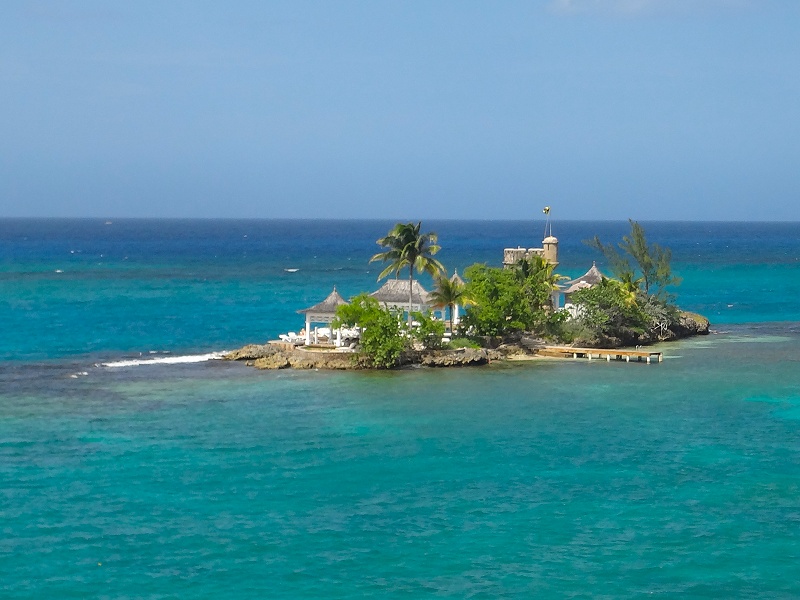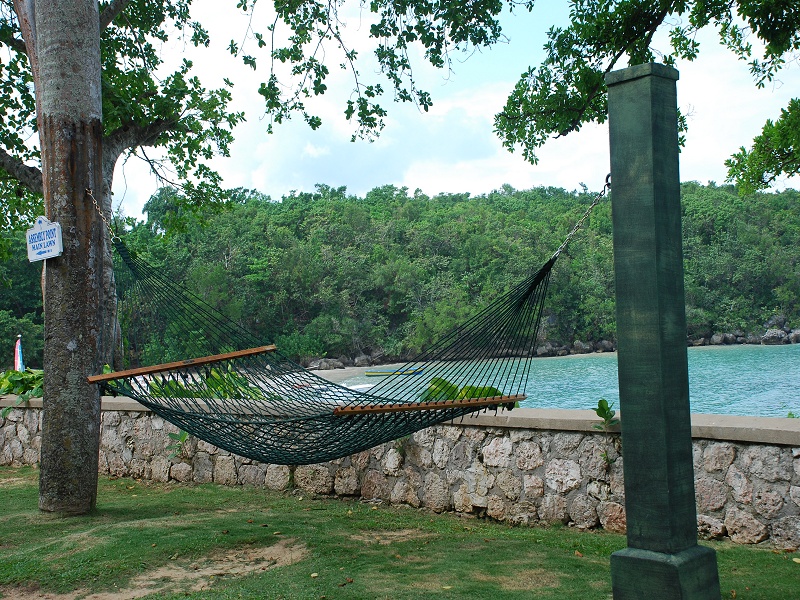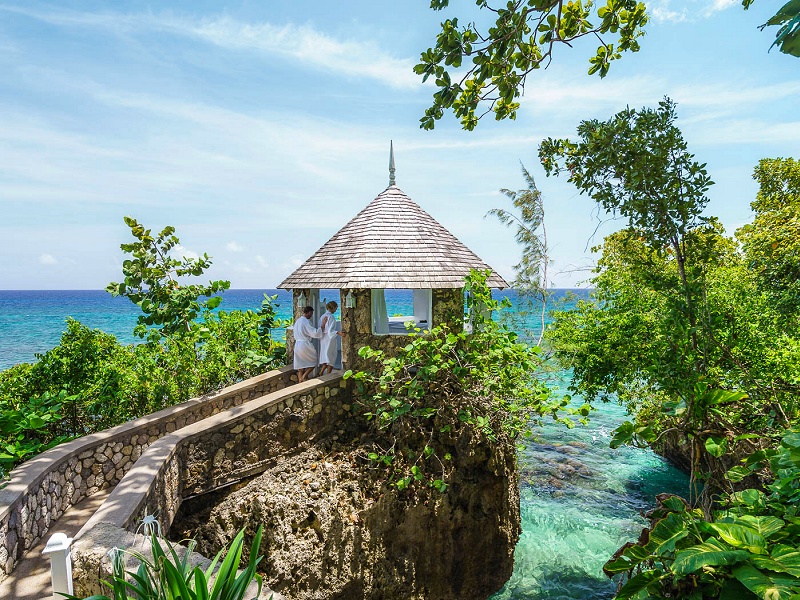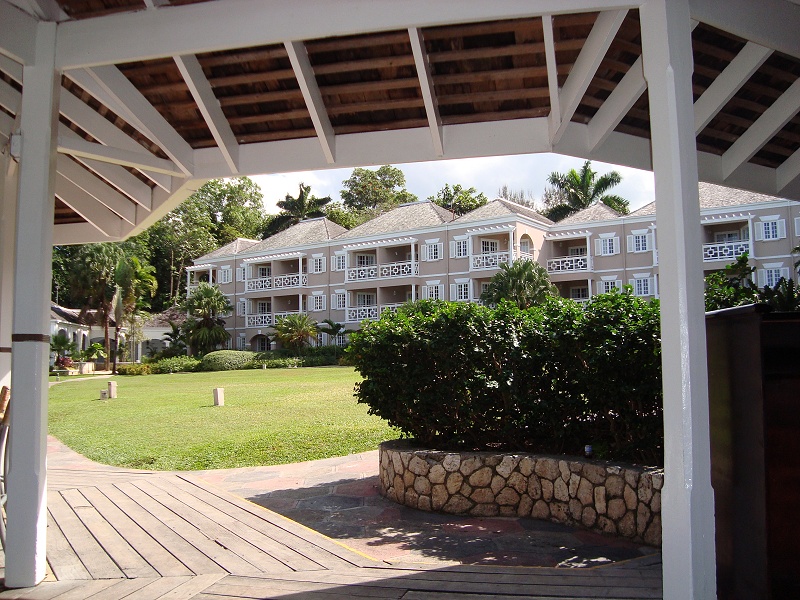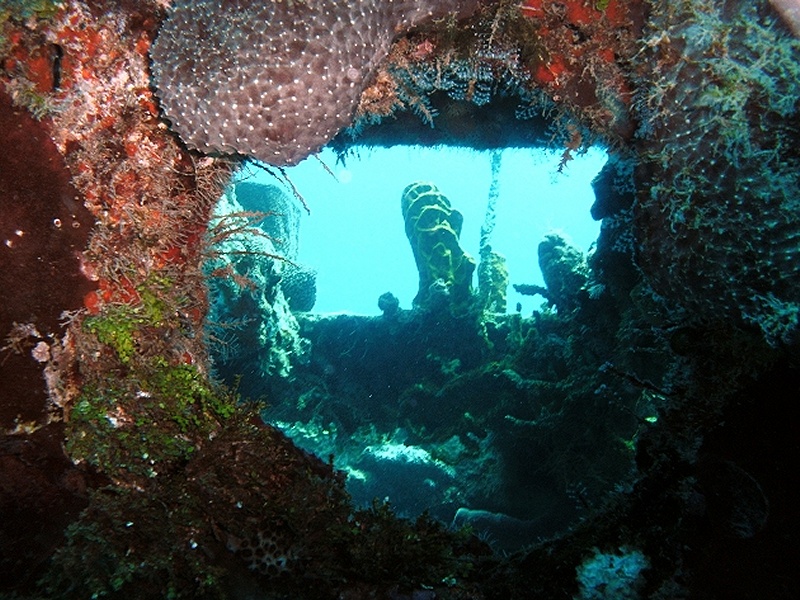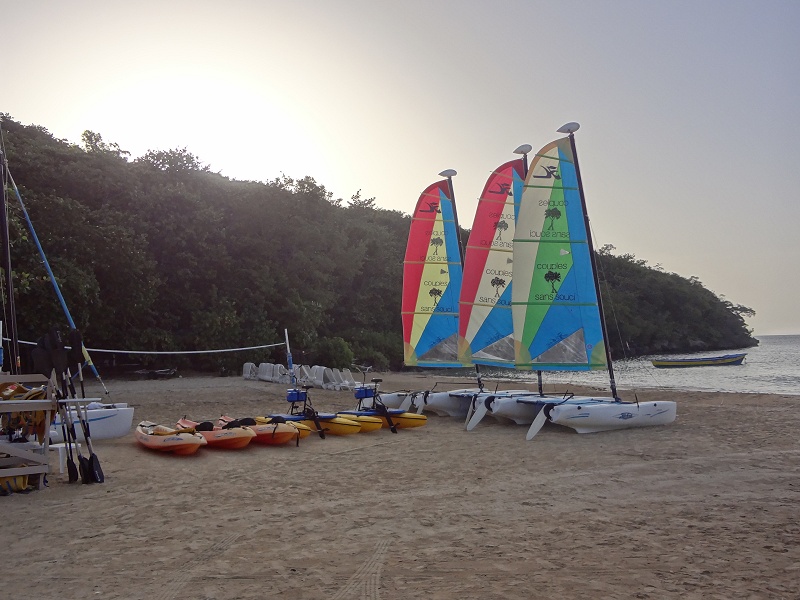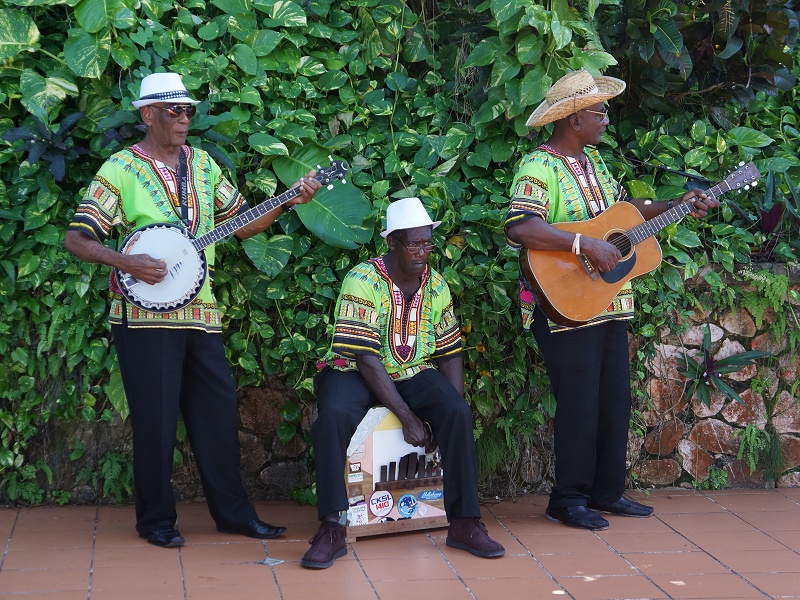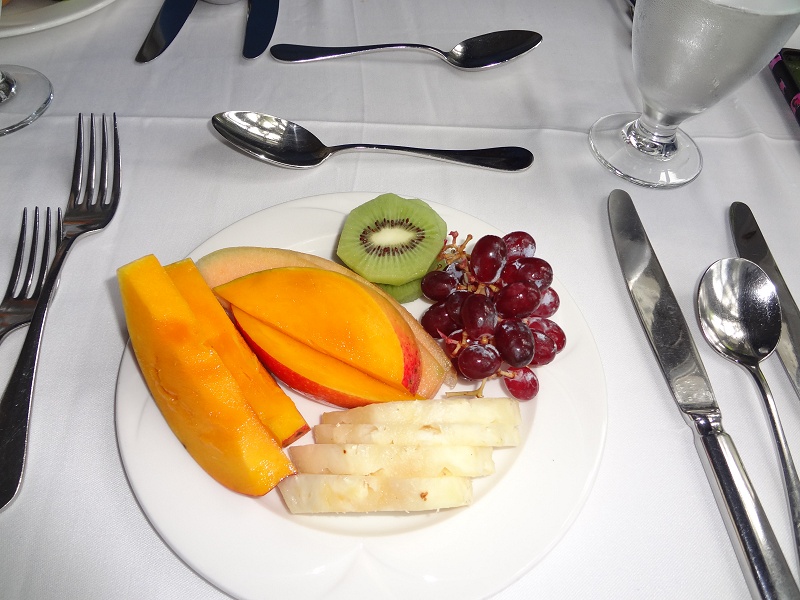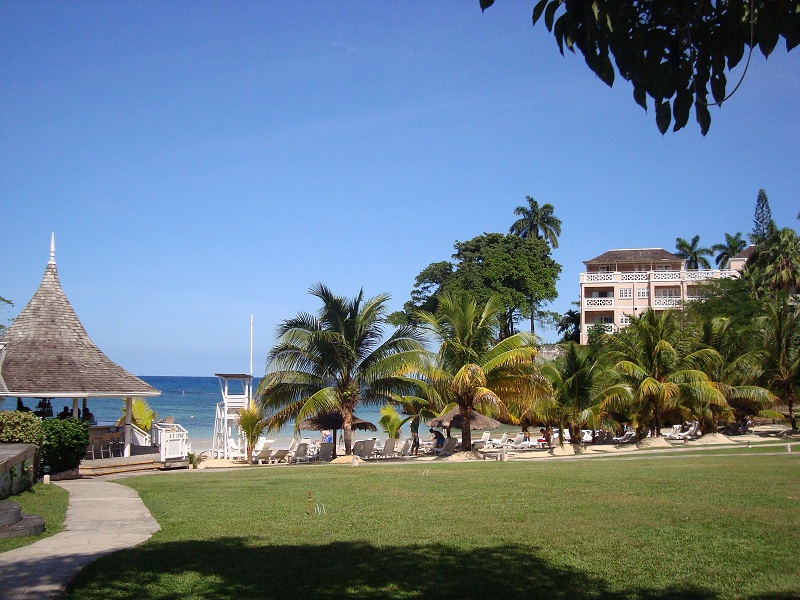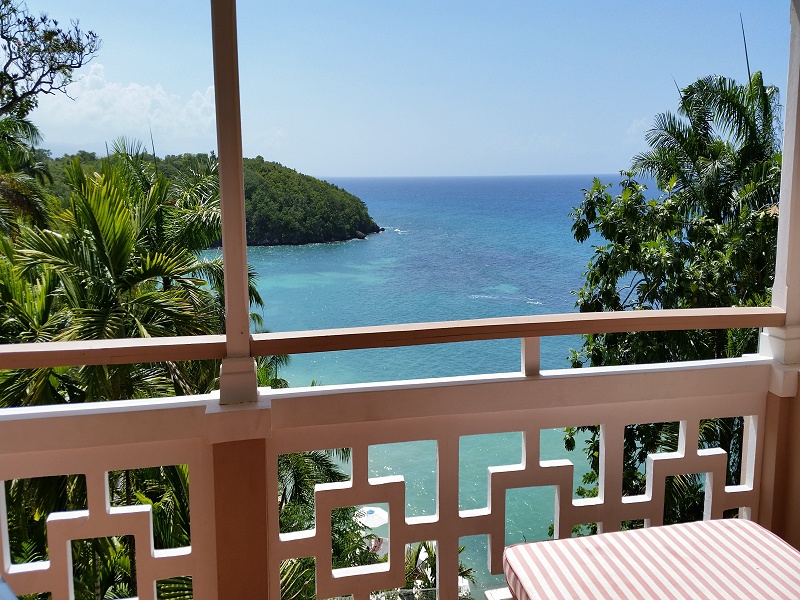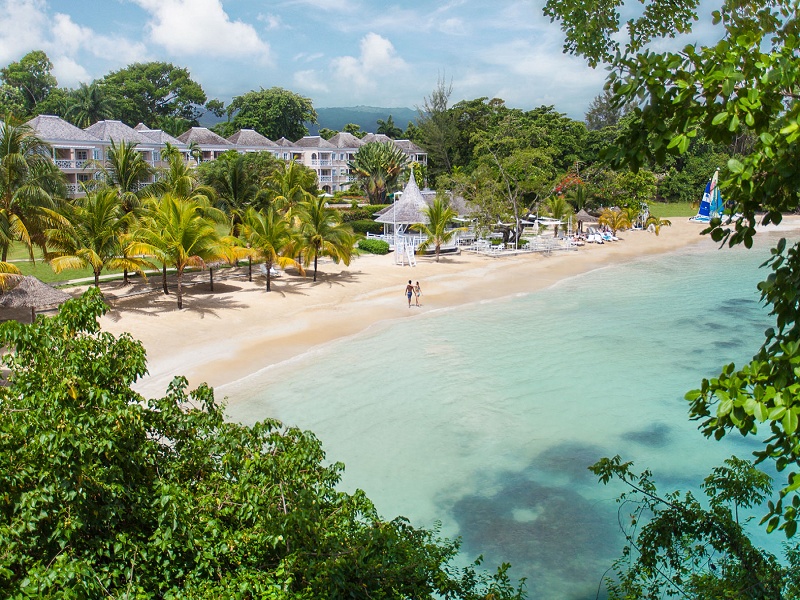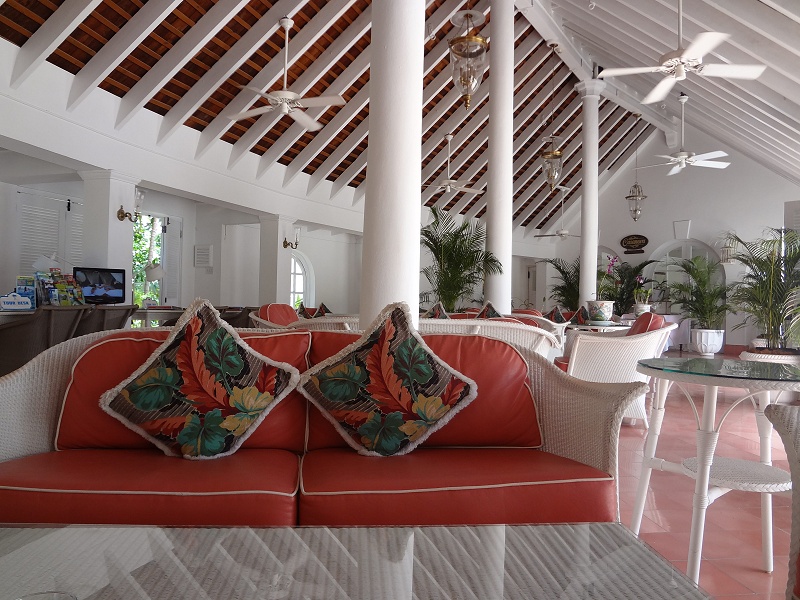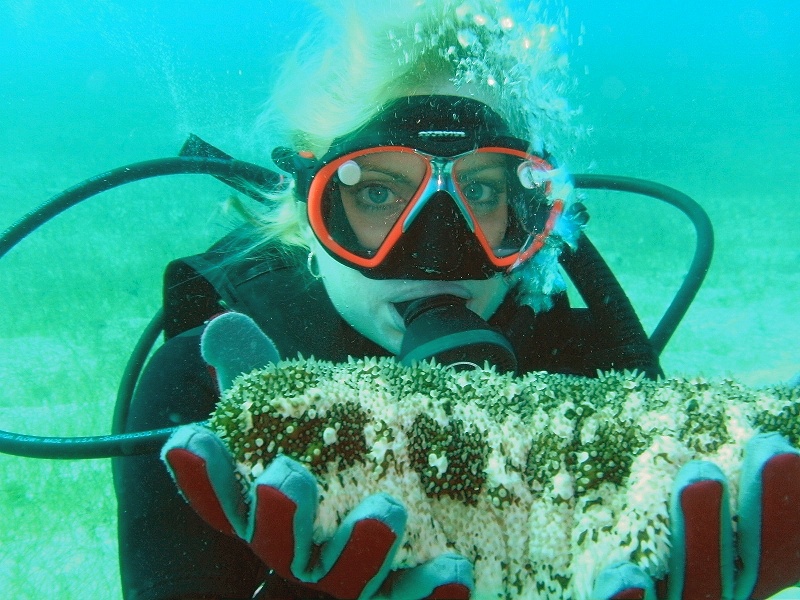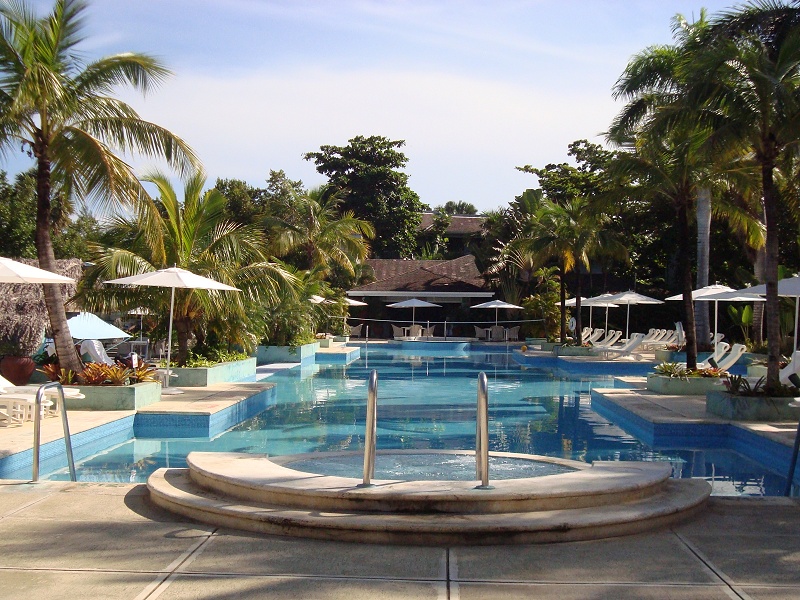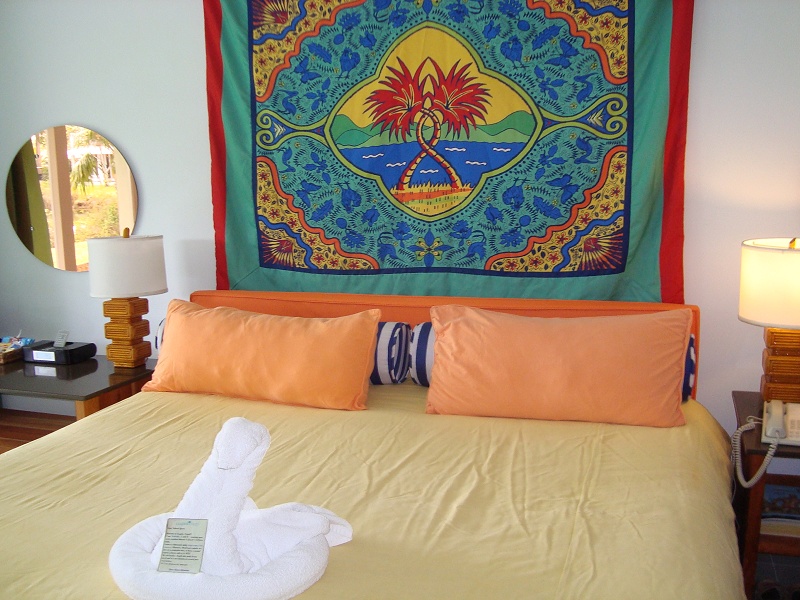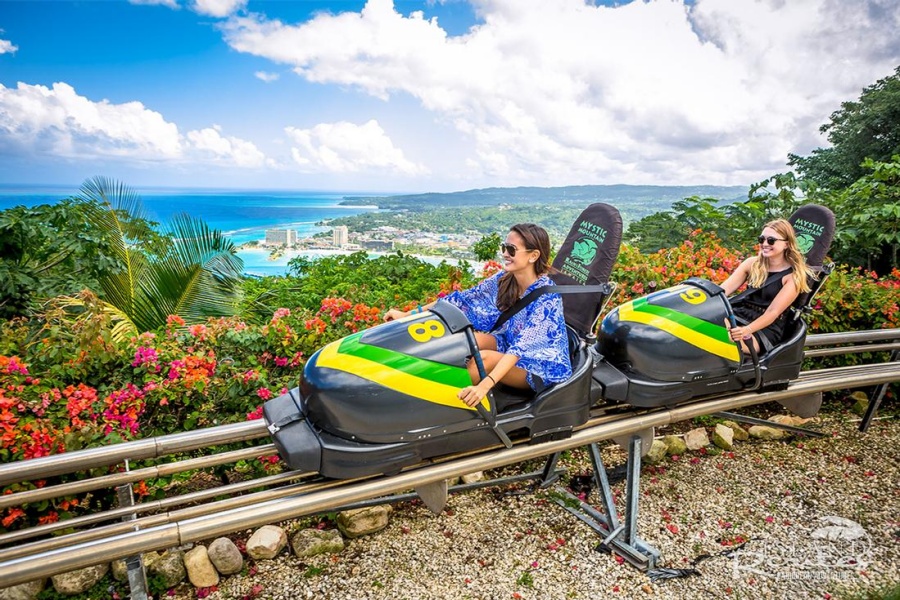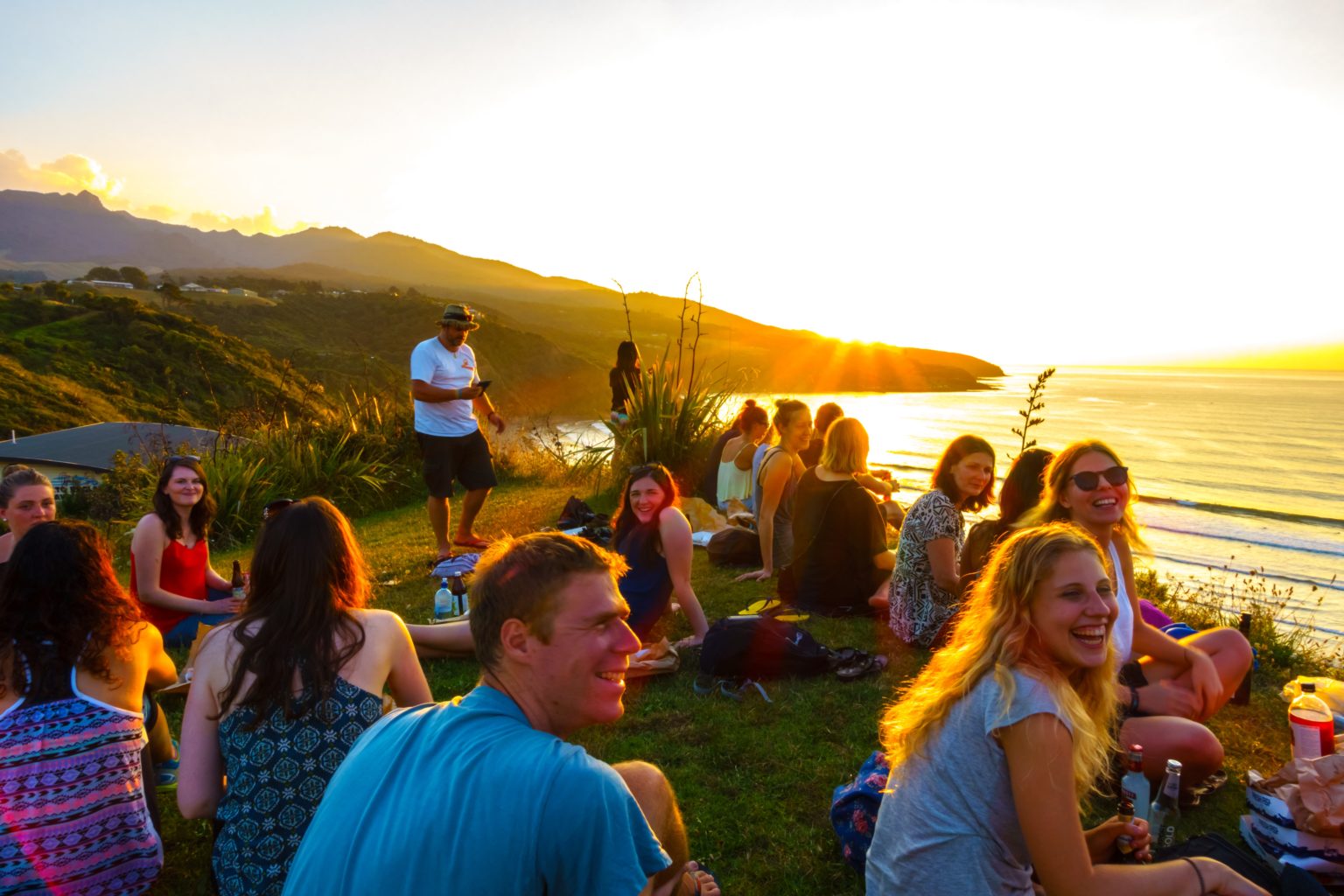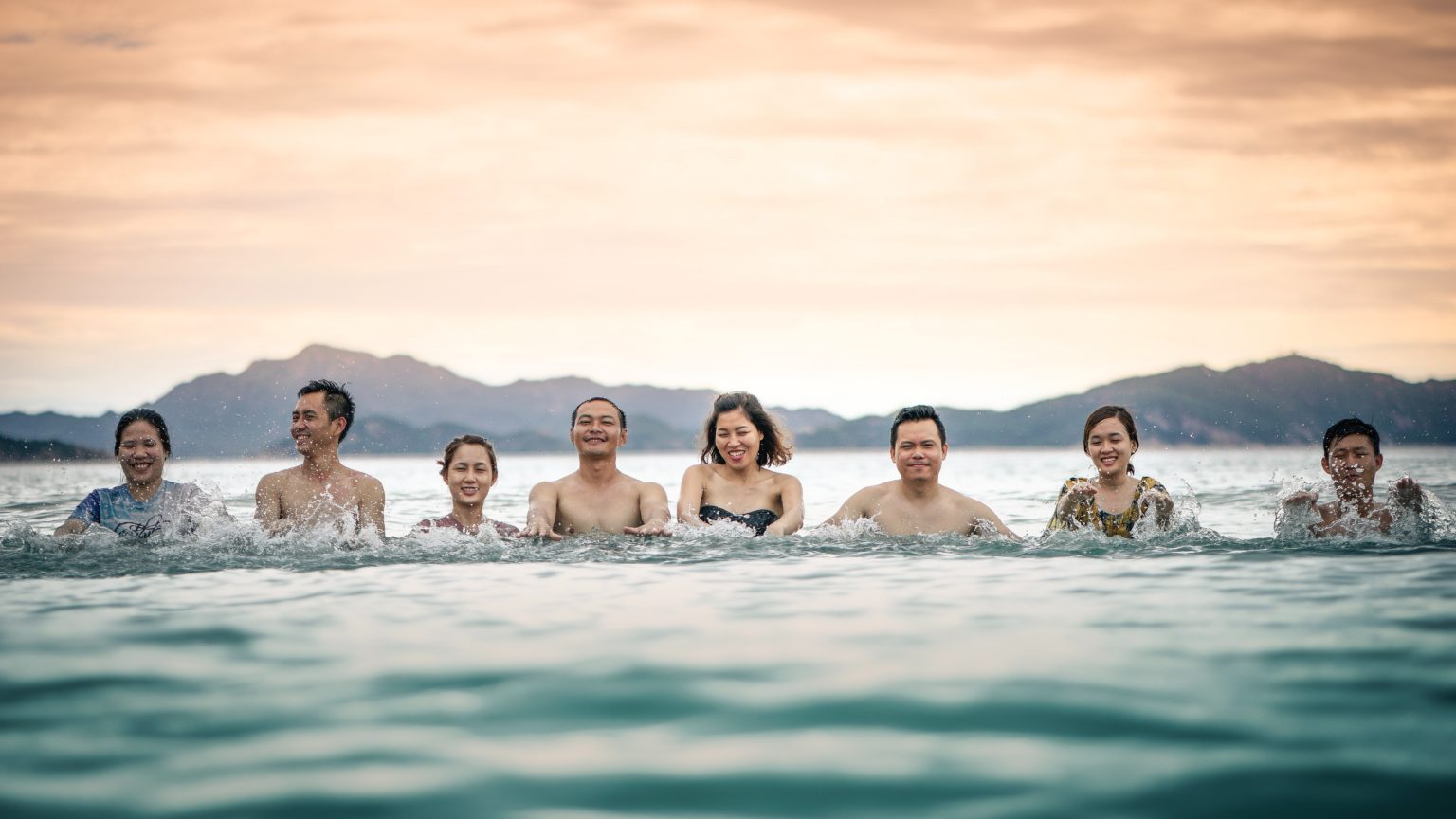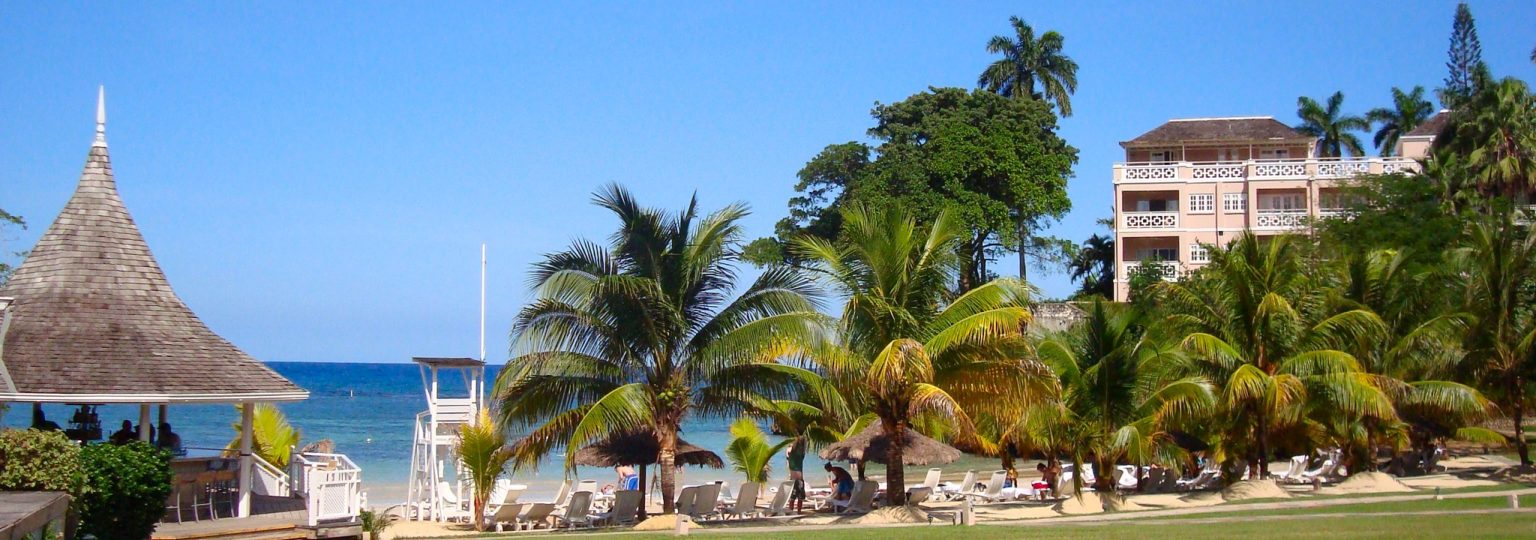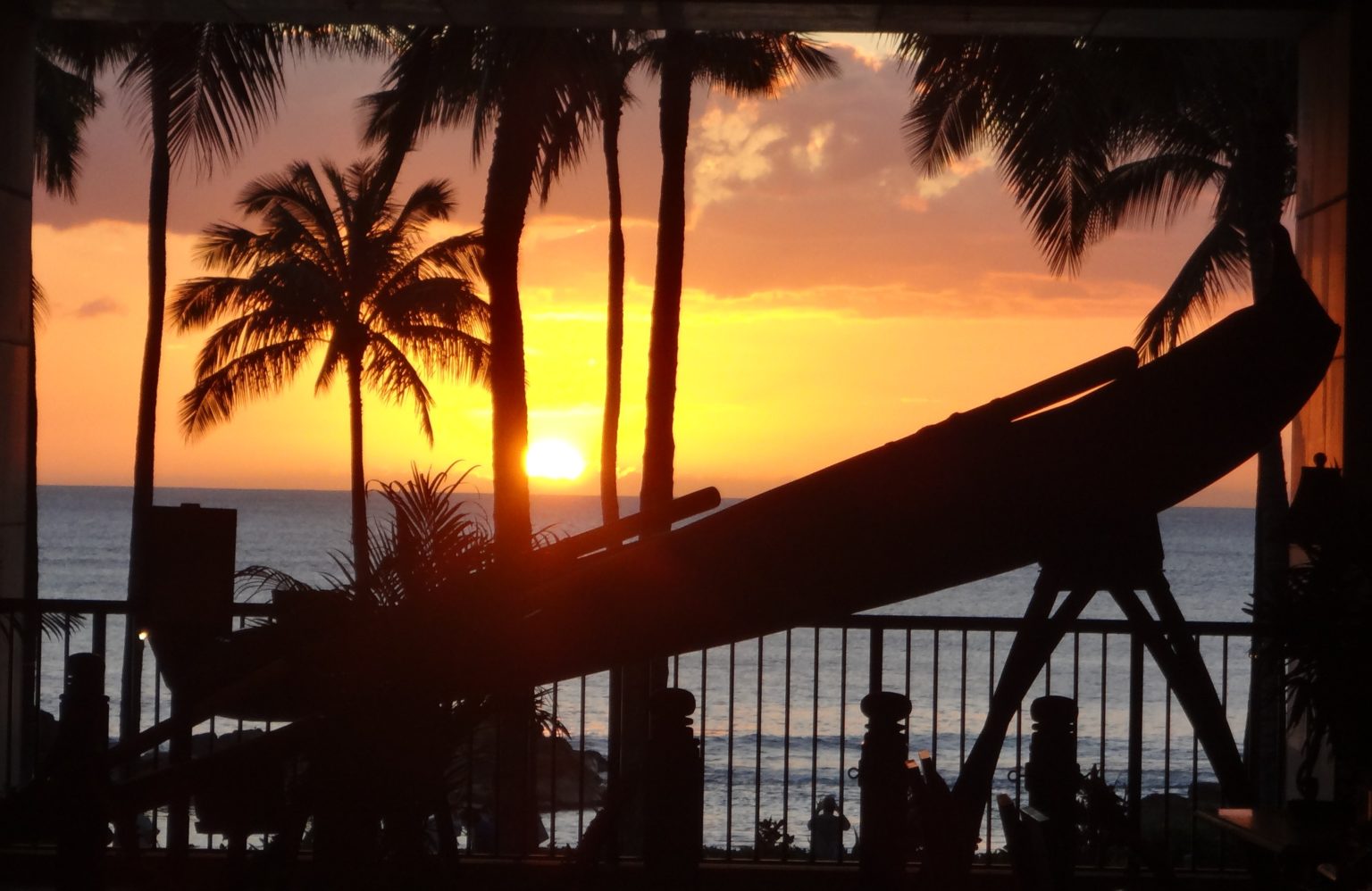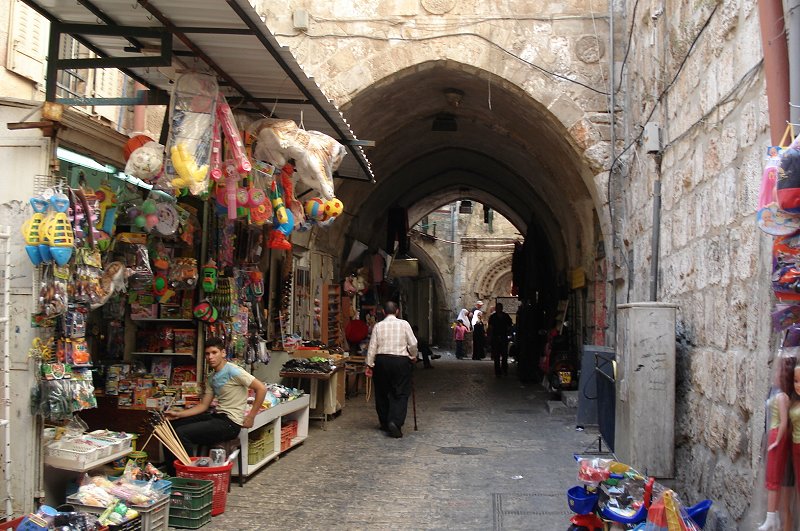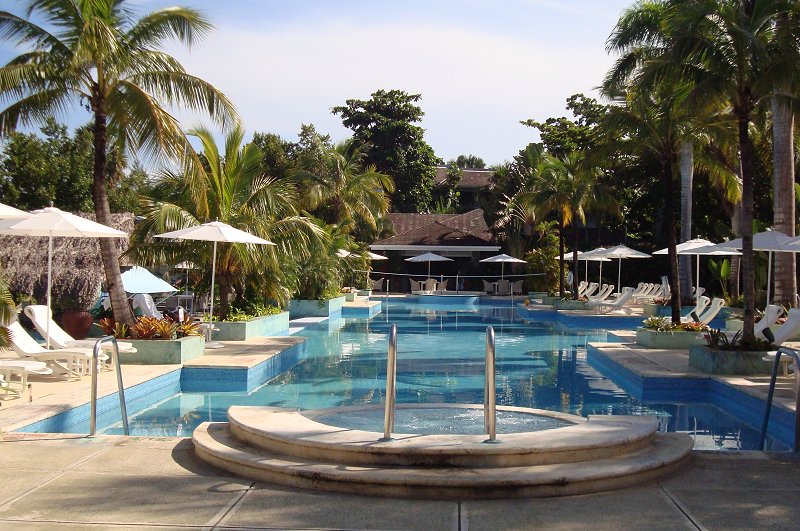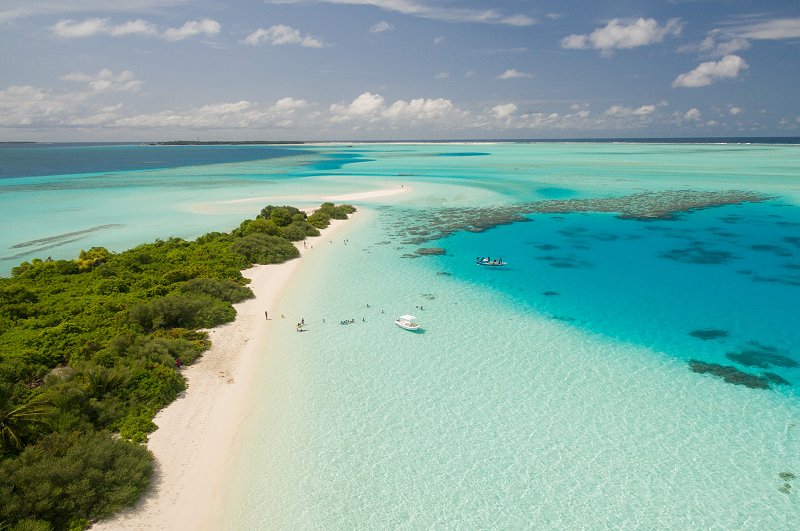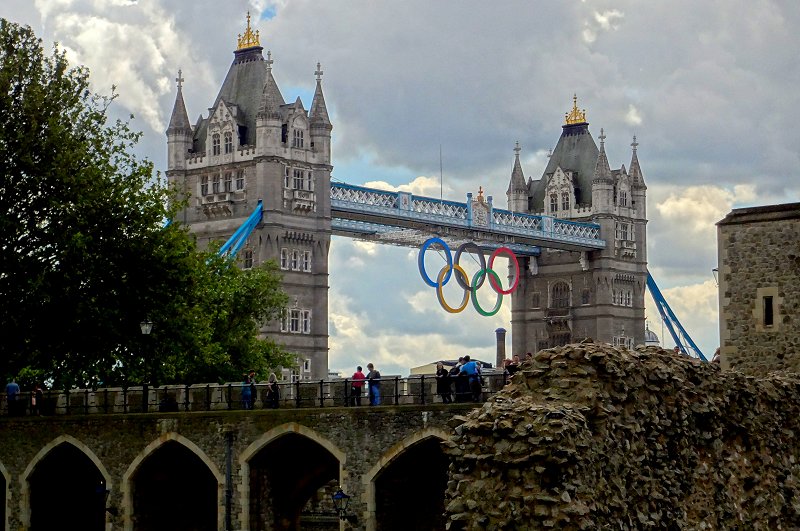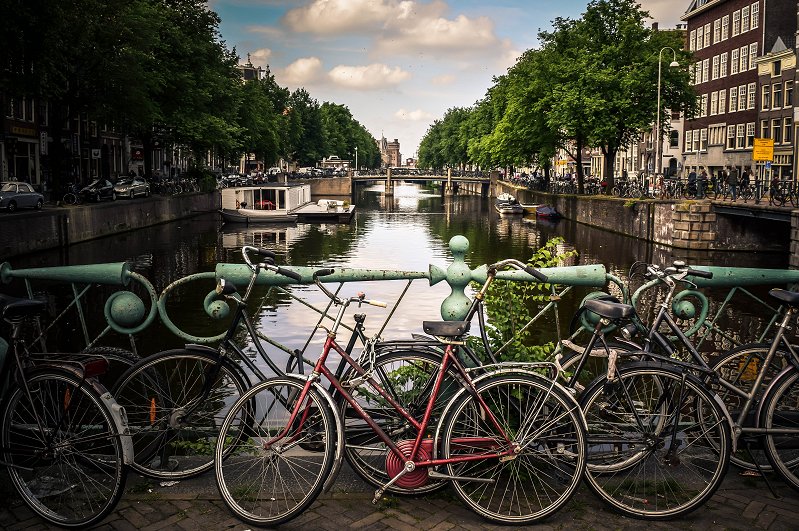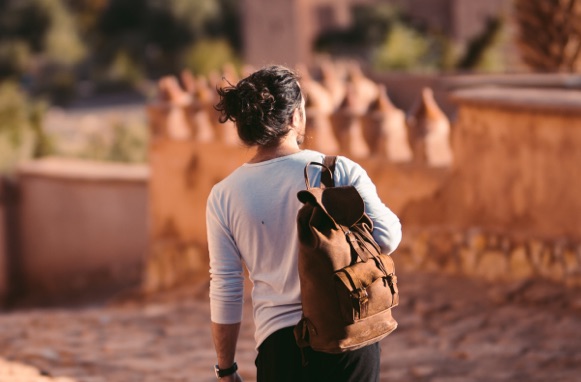THIS IS NOT A REAL SITE. IT IS FOR DEMONSTRATION PURPOSES TO SHOW WHAT YOUR SITE COULD LOOK LIKE
Travel Tips
These tips are compiled from our travel experiences over the years. Some of them are based on mistakes, others are from what others have taught us.
Basics
About a week or so before each trip, I make a list of items I don’t want to forget — which I WILL forget if I don’t write them down. It’s easiest for me to have a travel list saved as a Google Doc so I can access it online and edit it as needed.
We always plan for delays and try not to get upset when things inevitably go wrong. Patience is extremely important when traveling! Also – and this is important – be as courteous as you can with all staff you encounter during your trip. Kindness to people in customer service goes a long way and may lead to positive outcomes, such as perks and upgrades, in the future.
Get on Amazon and find one that has a lot of 5-star reviews. It’s worth the extra money, at least to us. When you’re traveling you never know when you might have an opportunity to charge your phone. Some planes don’t have USB ports, and many airports have limited areas to charge phones because everybody is trying to use the few that are available. Also, remember to CHARGE your charger before you leave! We try to keep ours charged at all times so if we need to grab it and go, it’s ready to power our phones if needed.
We also take photos of our passports and driver licenses and keep them in our Google Docs and in files on our phones. You just never know when you need a backup.
DO IT. I wore a cute romper on a return flight and we ended up stranded at the airport due to a canceled flight. Delta put us up in a hotel for the night, and I had forgotten to pack fresh clothes or undies in my backpack, so the next day I felt pretty gross. It’s just nice to have a couple of extra things to wear just in case your luggage gets lost or your flight gets canceled.
This is extremely important when traveling solo, but it’s a good habit to have in case there is a family emergency or if something happens to you while traveling. We let our parents know where we’ll be staying and how to reach us (because sometimes we cannot be reached via text or by phone, and sometimes we don’t have Wi-Fi access). If we’re going on a cruise, we give them the ship’s name.
I always try to avoid logging into bank accounts or entering passwords while I’m using free public WIFI at airports and other public areas. It’s better to wait to do those things once you get to your hotel or another place that requires a password to log in.
It’s common sense, but many times it’s too easy to default to what you usually do at home. Don’t keep all of your cash and cards in one spot. We have several hiding places for cash and credit cards, so we never have all of our eggs in one basket, so to speak.
I did NOT do this with one of my debit cards and it was rejected when we went to Amsterdam. I’d totally forgotten to let my bank know I’d be out of the country. This would have been a major problem if that card had been my only option.
Many travelers go to ATMs to get local currency instead of going to currency exchange places because the fees are usually better. Look at the back of your card and there should be at least one logo. Find an ATM that’s associated with a large bank, like ING. You can also find out if your bank is affiliated with a large international bank. This way you can avoid extra fees when withdrawing cash.
Many public restrooms in other countries, particularly European countries, charge a fee to get in and often use machines that take coins. We learned this the hard way when we got to Germany. Our last destination had been London and we had only UK change. The tour bus driver spotted us that time (30 cents per person), but after that we made sure we always had change on us in case we encountered another pay toilet.
If you’re at checkout in a local shop and the cashier asks you if you’d like to pay in, say, Euros or dollars, say “Euros”. Your credit card company will automatically do the conversion into dollars so there’s no need to pay in dollars. If you say you want to pay in dollars, you will likely be overcharged because the stores may use a higher conversion rate.
Clothing Tips
I’m really the last person who should give advice on packing light. Honestly, the best resource for what to pack for wherever you’re headed is Pinterest. There are thousands of great ideas on what to pack for any destination. But I do have a few tips that come from my experiences.
And I mean up until the last possible minute. Look up your destination’s weather forecast – and check it again the day you leave – to make sure you aren’t going to have major regrets once you get there.
We went to Amsterdam in the fall and I did a great job of looking at the forecast a few days before we left, but the forecast changed drastically 24 hours before we left and 85% of what we brought ended up being too warm to wear. Be sure to bring some extra items for weather conditions you don’t expect.
Layering is the key to being comfortable. On flights I wear a basic tank top with comfy leggings or jeans, and I wear or bring a long-sleeved top and a hoodie. I try not to wear anything thick that I can’t take off. The same goes for my destination. I pack coordinating items to layer, and I usually pack a lightweight trench if I’m going to a place where it’s cool during the day or in the evenings.
I pack at least 4 extra pairs (one of which goes in my carry-on) because when we travel I find myself changing clothes more than once a day, especially if we do a lot of walking. I’m not going to walk all over the city all day and then wear the same sweaty clothes to dinner.
I try to take at least a couple of clothing items that can be worn again – like a casual little black dress or running shorts. This way I can pack a little less and thus leave room in my suitcase for things I buy on my trip. I take a travel bottle of Woolite or use a little shampoo for hand washing stuff. I don’t have a lot of experience regarding travel-specific clothing, but Google can point you to some good brands with good reviews.
Even if you’re going somewhere tropical, you could end up freezing in a cold restaurant. I take a lightweight jacket and I usually take a big scarf, like a black or gray American Apparel Circle Scarf (I love these because they’re huge and versatile, but they’re becoming harder and harder to find since the company went bankrupt; you can still find them online here and there).
If you don’t want to look like a typical tourist, and you care about clothing trends, head over to Instagram to find out what the locals are wearing. If I’m going to the UK or Europe, I head to online magazines based out of those countries, and I go on Instagram and look for certain hashtags regarding street style, like #londonstyle or #amsterdamstreetstyle, and then I buy some key items to take with me. In 2017, white Adidas sneakers were seriously trending in London. I saw them everywhere. I’d checked the trends before I went there, so I had mine too. I like to blend in for more than one reason. One of the main reasons is that I don’t want to stick out as a tourist because tourists are easy targets. If I look like every other girl on the Tube, I feel less vulnerable as a tourist.
Essentials
Get into the habit of using sunscreen. I use it daily, regardless of the weather. You will likely be walking a lot more than you think, and even if the sun isn’t literally shining, you can get sunburned. Don’t forget to apply sunscreen to your hands and arms as well as your neck, chest, and ears, and don’t forget to reapply. I take a small lightweight container of sunscreen with me in my bag when I know I’m going out for the day.
I have a small first aid kit with Band-Aids, Benadryl (which doubles as an anti-nausea med because it’s antihistamine), Tums, Sudafed/cold meds, Imodium, powdered electrolyte mix (the Emergen-C brand has little packets of this that you can buy at most drugstores), antibiotic ointment, hydrocortisone cream, senna laxative pills, Band-Aids of various sizes, and Band-Aid Blister Relief pads as well as Moleskin pads in case your shoes cause blisters or raw spots from walking a lot.
These can be bought on Amazon if you are having trouble finding one locally (be sure to read the reviews because some of them suck). There have been so many times, particularly on cruises, where I didn’t have easy access to an iron (they aren’t usually allowed in ship cabins because of the fire risk) and just had to deal with wearing mostly wrinkled clothes. I got a small steamer for about $20 and wish I’d had one all along.
If you’re going abroad, check to see if you need to pack an adaptor/converter and, if so, what kind (it depends on the country). You may not need to bring one if your hotel or AirBnB host provides them, so you can ask before you go. If you need to buy one, check on Amazon and go with one that has a large amount of high ratings. The last thing you want to do is use a crappy one that ends up killing your phone (or flat iron, in my case).
We always pack clear plastic zippered storage bags in several sizes (sandwich-sized to gallon-size) in our luggage and carry-on bags. This way we have a way to keep snacks fresh and we have extra storage in case something liquid leaks all over the inside of one of our toiletry bags. They’re good for temporary storage of wet swimsuits, and we need some anyway to put travel-sized liquids in at the TSA line. If you’re not crazy about disposable plastic bags, there are plenty of options for reusable waterproof bags as well; just make sure you always have some stored in your luggage.
Cruise Tips
All of your meals are free on board, but most cruise lines now feature premium restaurants for those guests who want a more upscale experience. Many times, we’ve found that time slots at these restaurants get filled quickly, so if we wait until the last minute we may have few options (and we don’t typically want to sit down for dinner at 9:45 pm).
The most popular excursions sold by the cruise line will book up fast. If you didn’t purchase your excursions before you board, make sure to make those reservations early as well (basically make that one of the first things you do when you get onboard). We often book tours with local tour groups at a huge discount from what the ship charges.
Both free and paid shows can can fill up quickly. My advice is to book all the shows you are interested in once you step on the ship (or at least find out which shows require reservations). Visit the customer service deck and ask a staff member for assistance.
One of the main revenue streams on a cruise is selling adult beverages. Though some cruise lines will allow you to bring one 750ml bottle of wine per person as a carry-on, you are not allowed to bring any other alcoholics beverages with you on board. If you’re allowed to bring a bottle of wine on a ship, do not place it in your main luggage either, as they will inspect the bags with X-ray and remove your stash to be given back to you on the last night of the cruise.
Most cruise lines have started prohibiting guests from bringing bottled water and other bottled beverages onboard. Part of the reason is because people have gotten good at sneaking alcohol into water and juice bottles and finding ways to reseal them to make them look unopened. I suspect that the other part of the reason is so guests who want to drink bottled water will have no choice but to buy it on the cruise at $3 a liter. If you want to be sure, check the fine print of your agreement when you book the cruise, or ask a cruise representative before you leave for your trip so you aren’t caught off guard when you are getting through security at the port.
Most cruise lines have adopted automated tipping that is added to your room charge each day, which can add up to $100 or more per person for a 7-day cruise. With this in mind, you do not need to tip your room steward, the dining staff, or room service. Tipping is also automatically added to all meals and beverages that you purchase. This is , in our experience, considered a “convenience” so guests won’t have to worry about tipping, so if you decide to opt out, go to Guest Services toward the end of your cruise and ask that the automatic tip be removed because you prefer to tip your steward and wait staff in person. You may be required to fill out forms or something else that requires approval before they will remove the charge.
Not all cruise destinations have a dock for cruise ships. In these cases, the ship drops anchor a mile or more from the destination and tender boats (either the ship’s lifeboats or small ferries from shore) are used to get you to and from the shore. If you booked your own excursions (as opposed to booking through the ship), be sure to get the earliest tender the ship will allow. If you are on a ship excursion, they will instruct you on which tender time to use. If you are not on an excursion and you want to avoid long lines, then it is best to wait an hour or so to avoid the mad rush to get on the tenders.
It has been our experience that most cruise destinations will gladly accept US cash for purchases, so there should be no real need to exchange dollars for the local currency. In the rare cases this is not the case – such as European cruise destinations – you will like be able to pay with credit card (make sure it has a chip). Remember to pay in the local currency when paying with credit card, as your credit card company will make the conversion at no additional cost.
As you can imagine, internet at sea is not cheap and horribly slow at best. Some cruise lines offer unlimited internet for quite an expensive fee. Others allow you to pay per minute, but the internet seems 10x slower than you might normally expect which can be very costly. We often wait and use local free wifi where available when the ship is docked (bars and restaurants often provide free wifi for paying customers). As for phone services, ship calls are excessively expensive, we use our phone company’s international plan when ashore, which often has very good rates in most cities.

